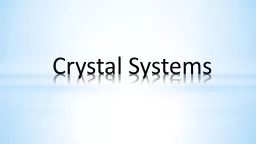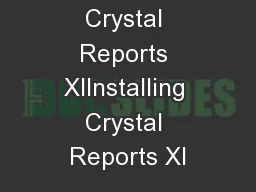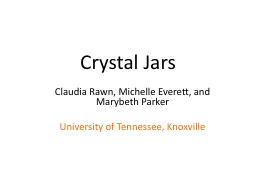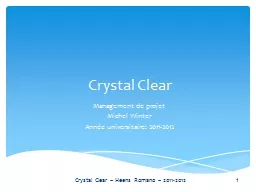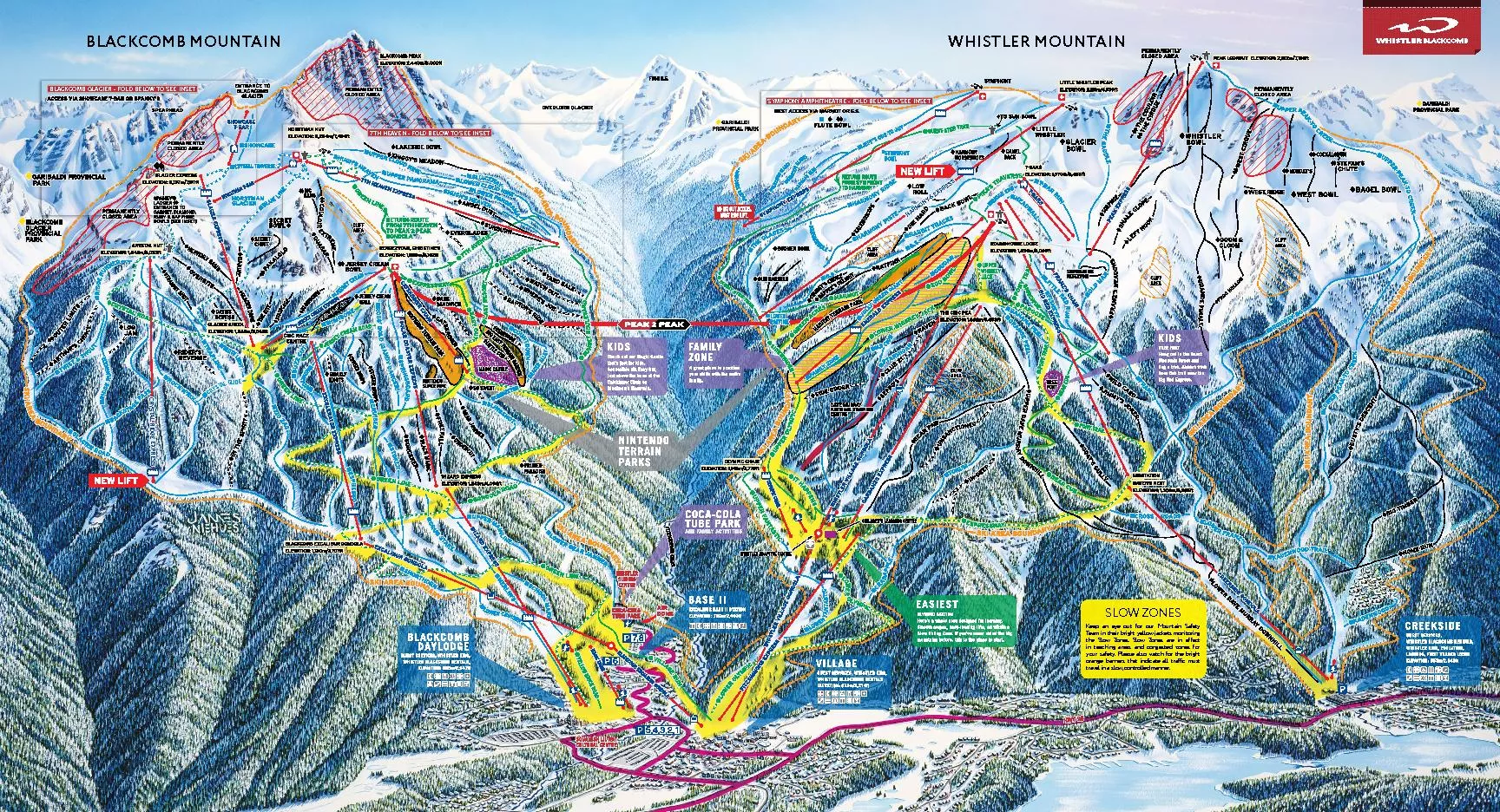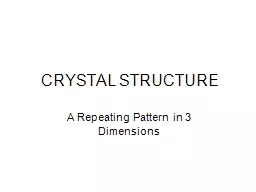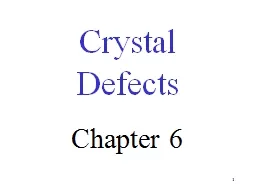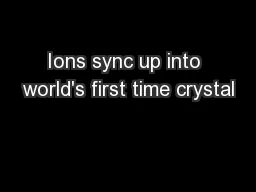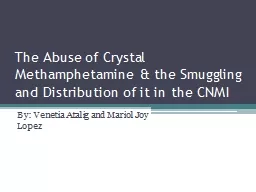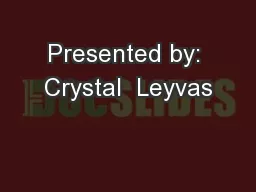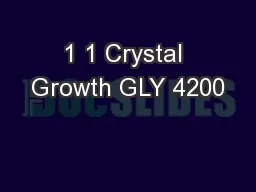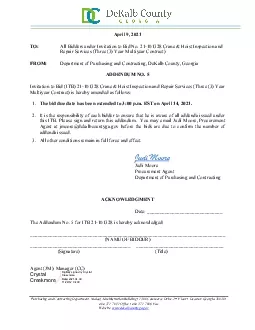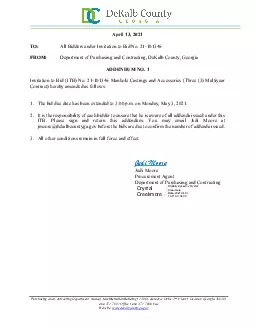PPT-Crystal Systems
Author : kittie-lecroy | Published Date : 2017-10-30
Crystal System Terms Unit Cell smallest repeating unit of a crystal structure Slip Planes surface along which layers of atoms can slide past one another plane
Presentation Embed Code
Download Presentation
Download Presentation The PPT/PDF document "Crystal Systems" is the property of its rightful owner. Permission is granted to download and print the materials on this website for personal, non-commercial use only, and to display it on your personal computer provided you do not modify the materials and that you retain all copyright notices contained in the materials. By downloading content from our website, you accept the terms of this agreement.
Crystal Systems: Transcript
Download Rules Of Document
"Crystal Systems"The content belongs to its owner. You may download and print it for personal use, without modification, and keep all copyright notices. By downloading, you agree to these terms.
Related Documents

